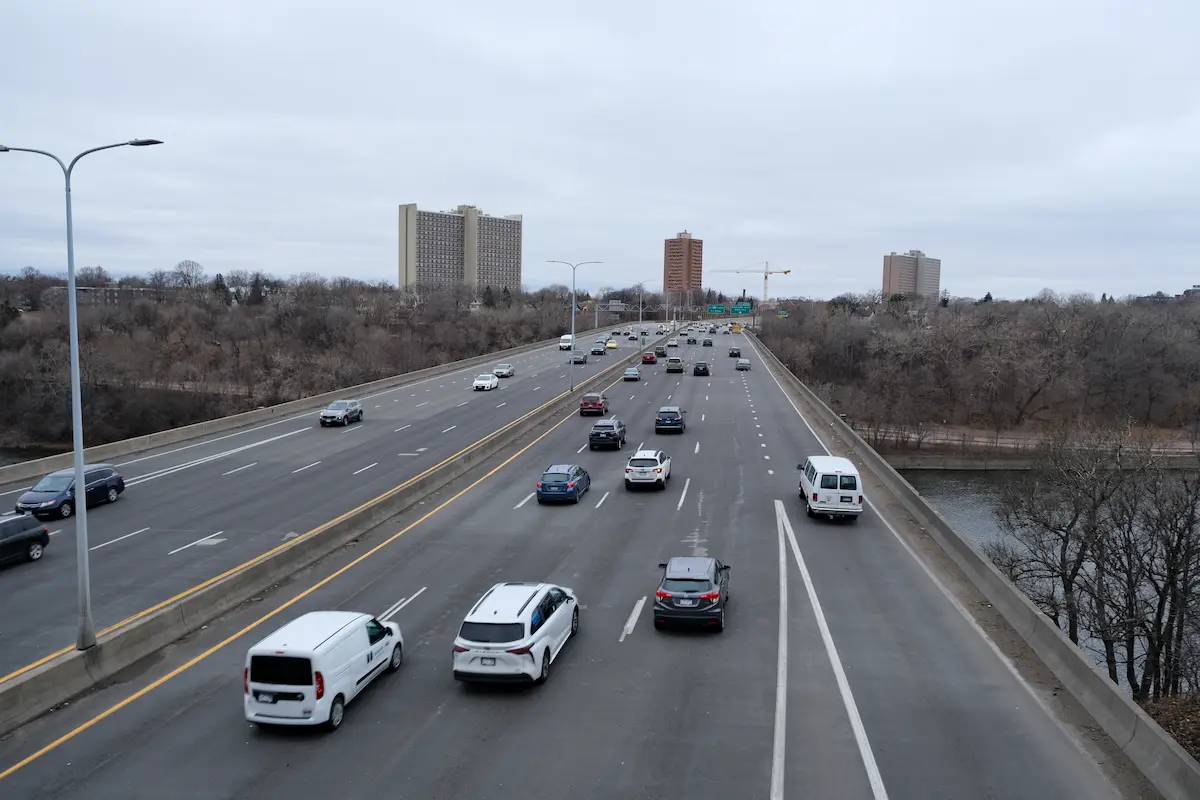
For decades, Minnesota taxpayers have been forced to foot enormous bills for unnecessary highway and roadway expansions that fail in the projects’ stated goals. Current MnDOT and Metropolitan Council traffic models are inaccurate and overestimate the prevalence and permanence of automobile trips. Furthermore, traffic modeling has not been updated to reflect the dramatic shift in transportation behavior and remote work caused by COVID-19. As a result, traffic models and congestion projections are often used to justify pointless highway expansions and car-centric roadway designs. An example is MnDOT and the Metropolitan Council’s Twin Cities Highway Mobility Needs Analysis, which uses fraudulent modeling to justify spending billions on metro-area highway expansion over the next two decades.
Legislators must pass a law that directs MnDOT and the Metropolitan Council to update their traffic modeling practices to account for short-term (behavioral change) and long-term (land use change) effects and to model real-world, post-COVID travel patterns and accessibility rather than planning extra capacity for peak commute periods which no longer predictably exist. The update process should include a literature review of how travel behavior was impacted after previous projects, including those that expanded highways, removed highways, and where highways were temporarily closed. This session is an opportunity for Minnesota to set a nationwide example for new transportation modeling that integrates induced demand and its counterpart, reduced demand or “traffic evaporation,” into its analysis.
Ask your legislators to reform Twin Cities traffic modeling.
Take action and contact decision-makers.